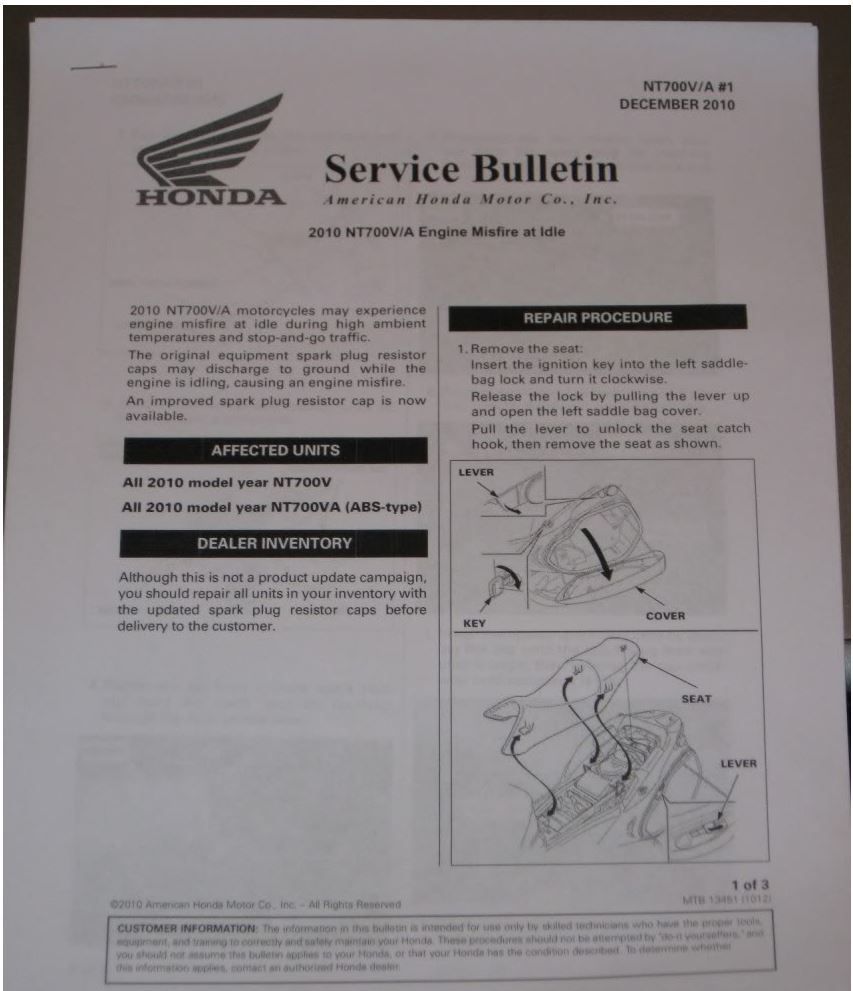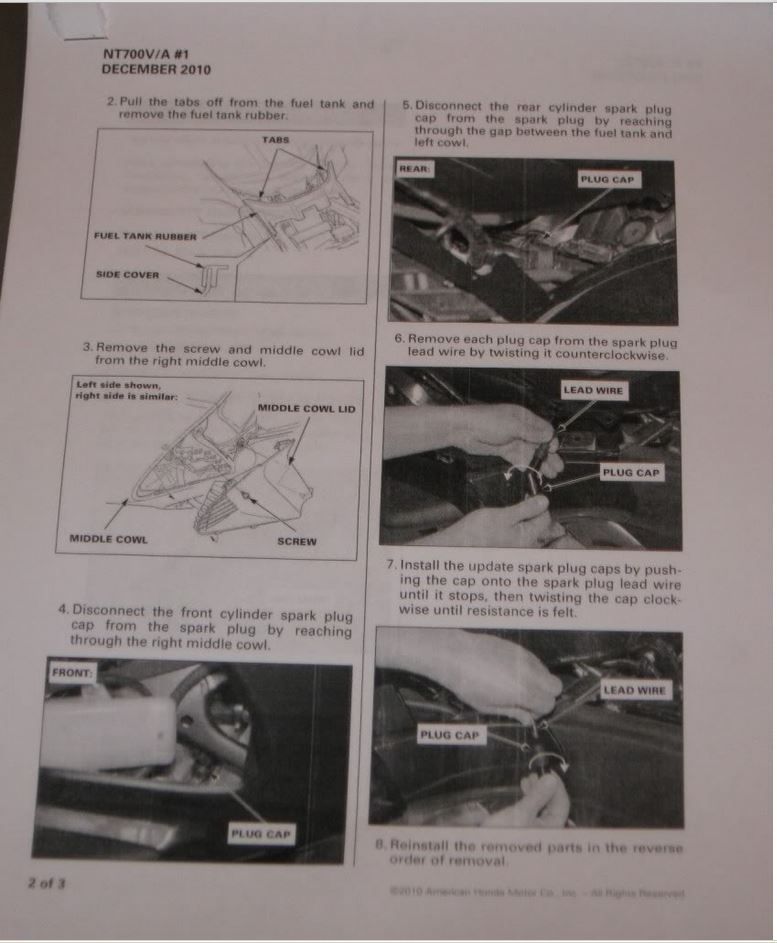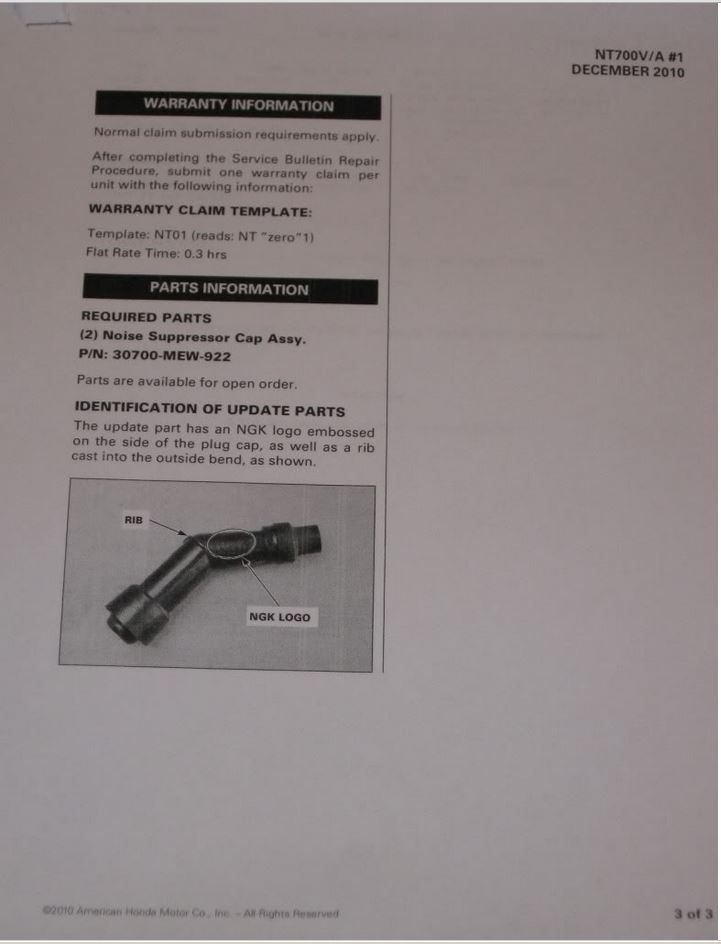Are you getting the code 29 consistently or is it coming in intermittently? For troubleshooting, it's better to be getting the fault code consistently.
The best I can understand is that the code 29 is sensed by a loss, or reduction in voltage from the IACV. So it senses an electrical fault, and it may not be able to sense a blockage fault in the air of the valve.
The shop manual has 4 basic steps for troubleshooting a Code 29
- check wiring and connectors at the IACV and the ECM. There is also another 10 pin connector between the throttle body and the ECM that could cause problems. Follow the wiring from the IACV back toward the ECM and you will find it under the air filter housing.
- Check for shorts to ground at the IACV connector.
- Check for continuity from teh IACV connector back to the ECM
- Check winding resistances of the IACV. 99-121 ohms.
If it were my NT, I would:
Buy the IACV from a dealer with a good return policy and don't open the package unless needed. The connector to the IACV (and ECM and the other 10 pin connecor) is as suspect as any other component and in that case you wouldn't need to replace the IACV. Check the IACV connectors and see if it is fully connected. Disconnect, clean, and reconnect it. If you think the connector was loose or dirty or corrosion was causing the problem, put it all back together and try it out. It everything seemed normal, remove the IACV and clean it and look to see if something was keeping it from rotating. If you find something, put it back together and try it out. If you don't find anything yet, do those electrical checks to further troubleshoot it. Replace the IACV if it fails the the winding resistance checks.
I don't remember anyone reported a IACV fault before. Keep us informed of what you find.



